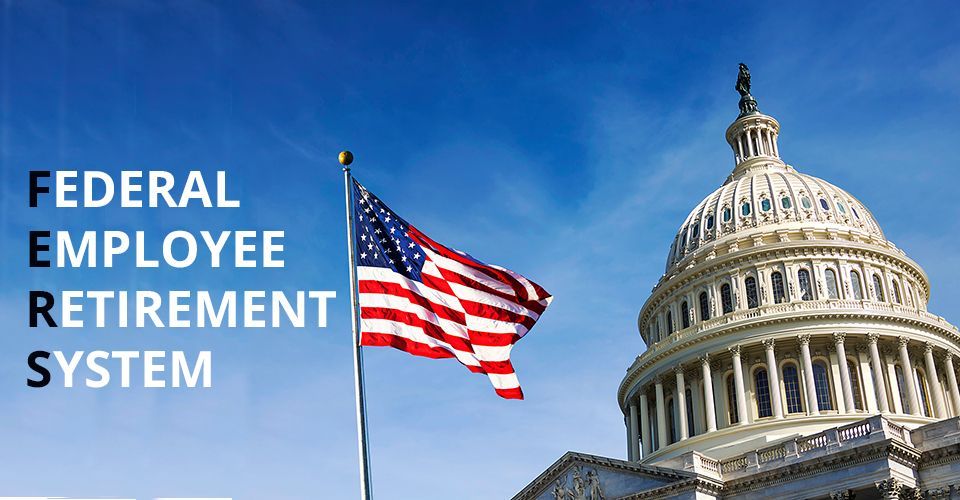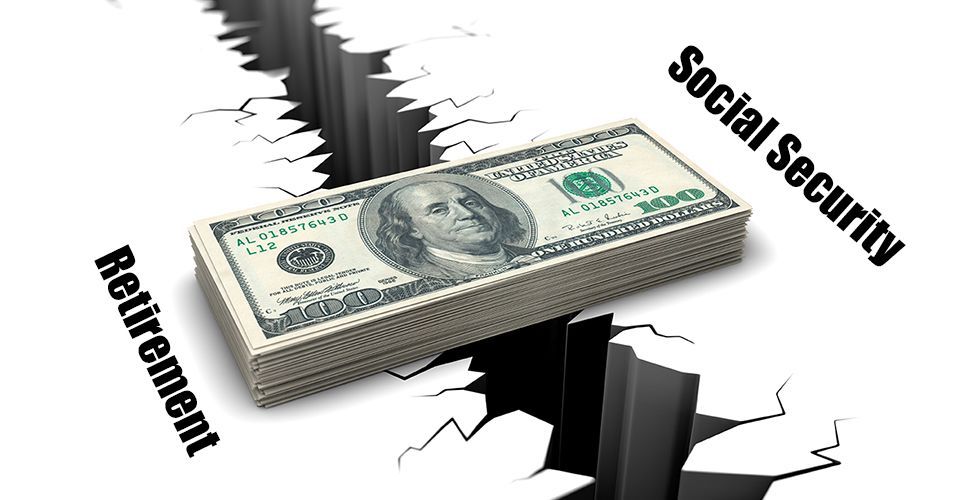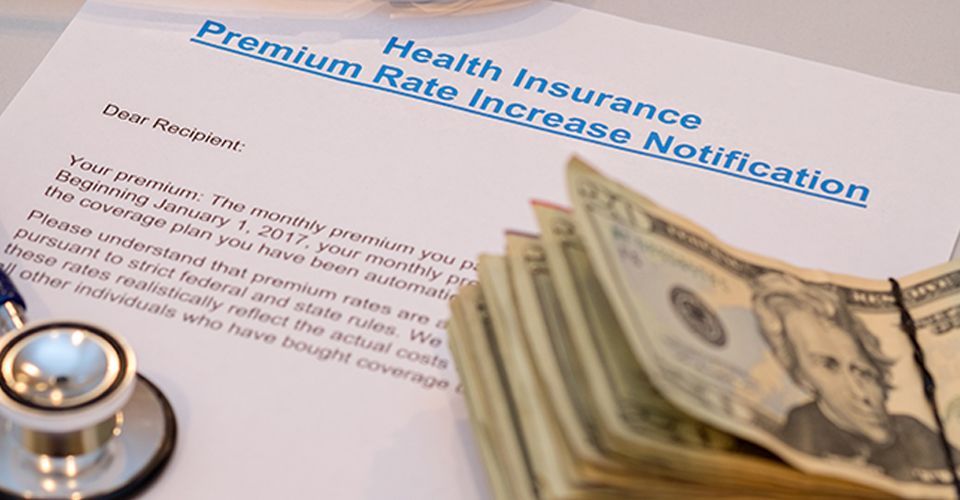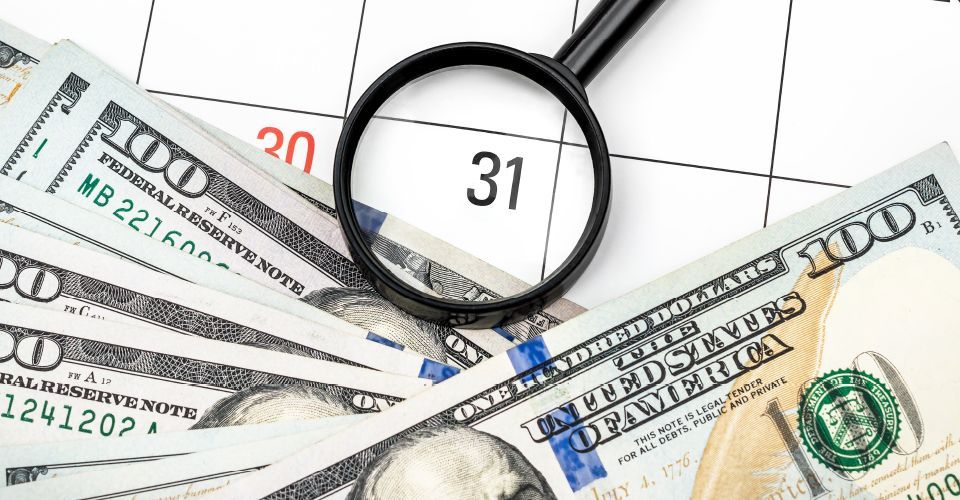
Timing is Everything: Picking the Perfect Retirement Date for Federal Employees
Decoding the Federal Retirement Systems: FERS and CSRS
The first step in this strategic game is understanding which retirement system you fall under: the Civil Service Retirement System (CSRS) or the Federal Employees Retirement System (FERS). These systems have different rules regarding annuity commencement dates and benefit calculations, making your choice all the more critical. According to the Office of Personnel Management (OPM), most federal employees hired after 1983 are covered by FERS.
Key Dates to Keep in Mind
Here are some key dates to keep in mind as you plan your exit:
- End of the Leave Year: Federal employees can accrue and carry over up to 240 hours (30 days) of annual leave. Cashing out this leave at retirement can provide a significant financial boost. For example, the current leave year ends on January 10, 2026
- End of the Month: OPM suggests retirees should retire on the last day of the month to ensure you receive a full month’s pay plus your first annuity check, maximizing your initial financial cushion.
- Turning 62: If you plan to retire around age 62, retiring in the month you turn 62 can align your federal annuity with Social Security benefits. This is especially important to avoid penalties related to the Social Security Administration (SSA) earnings test.
Optimal Retirement Dates for 2025
Choosing the right retirement date can have a significant impact on your benefits. Retiring at the end of a pay period can maximize your leave accrual and ensure a smooth transition to your pension start date. In 2025, consider these optimal dates:
- May 31
- June 28
- November 29
- December 31
Maximizing Your Annuity: The High-3 Advantage
Your federal retirement benefits are calculated based on your "high-3" average salary – the highest average annual pay you received over any three consecutive years of service. Timing your retirement to include recent pay raises can optimize this calculation, thus increasing your annuity.
Beyond the Dates: A Holistic Approach to Retirement Planning
While choosing the right date is essential, it's only one piece of the retirement puzzle. Consider these additional factors:
- Health Insurance Bridge: Strategically plan your retirement to bridge the gap between your federal health insurance and Medicare. Consult your agency's human resources department to navigate this transition smoothly.
- Taxes and Lump Sums: Large payouts from accrued leave or lump-sum retirement options can bump you into a higher tax bracket. Consult a tax professional to minimize your tax burden.
- Personal Timelines: Don't let the calendar solely dictate your departure. Factor in your personal life events, finances, travel plans, and emotional readiness before setting a hard retirement date.
The Key to a Golden Parachute: Informed Decisions
Choosing the optimal federal retirement date through 2030 requires navigating the complexities of FERS and CSRS, aligning with key age and service milestones, and strategically leveraging the "High-3" average salary for maximum annuity benefits. Avoid premature departures that forfeit valuable benefits ("golden handcuffs"). Optimize your Thrift Savings Plan (TSP) withdrawals and ensure seamless continuation of health and life insurance coverage. Consider personal factors like desired lifestyle, financial needs, and family plans. Carefully weigh end-of-year bonuses, leave accrual, and potential legislative changes to pinpoint the date that best aligns with your long-term goals.
Start Planning Your Federal Retirement - Download Our Free Guide!
Are you a federal employee over the age of 55? If so, you should begin preparing an exit strategy to separate from your agency. To help you maximize your federal employee benefits and payout, download our FREE Best Dates to Retire Guide for Federal Employees!
More Featured Articles









